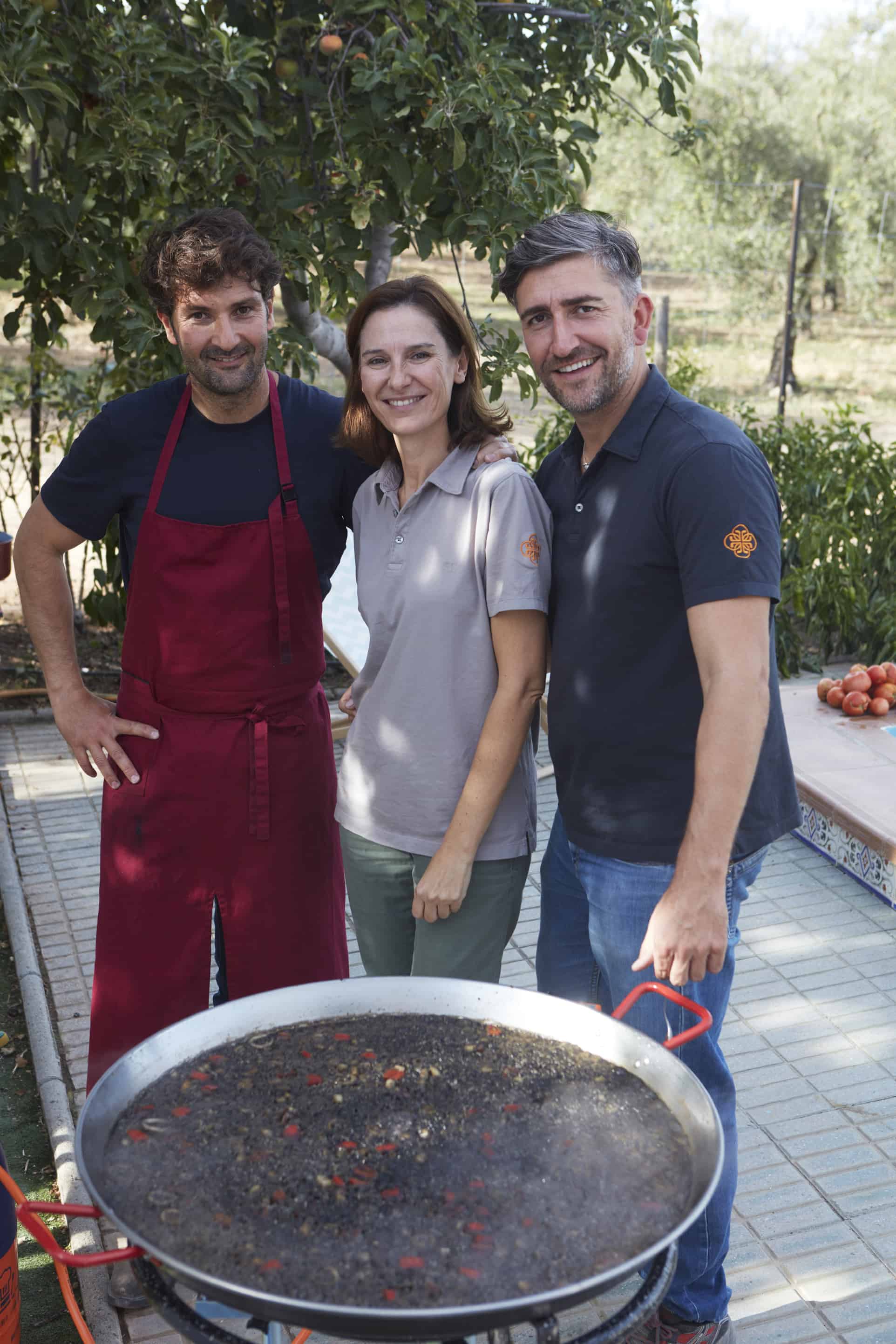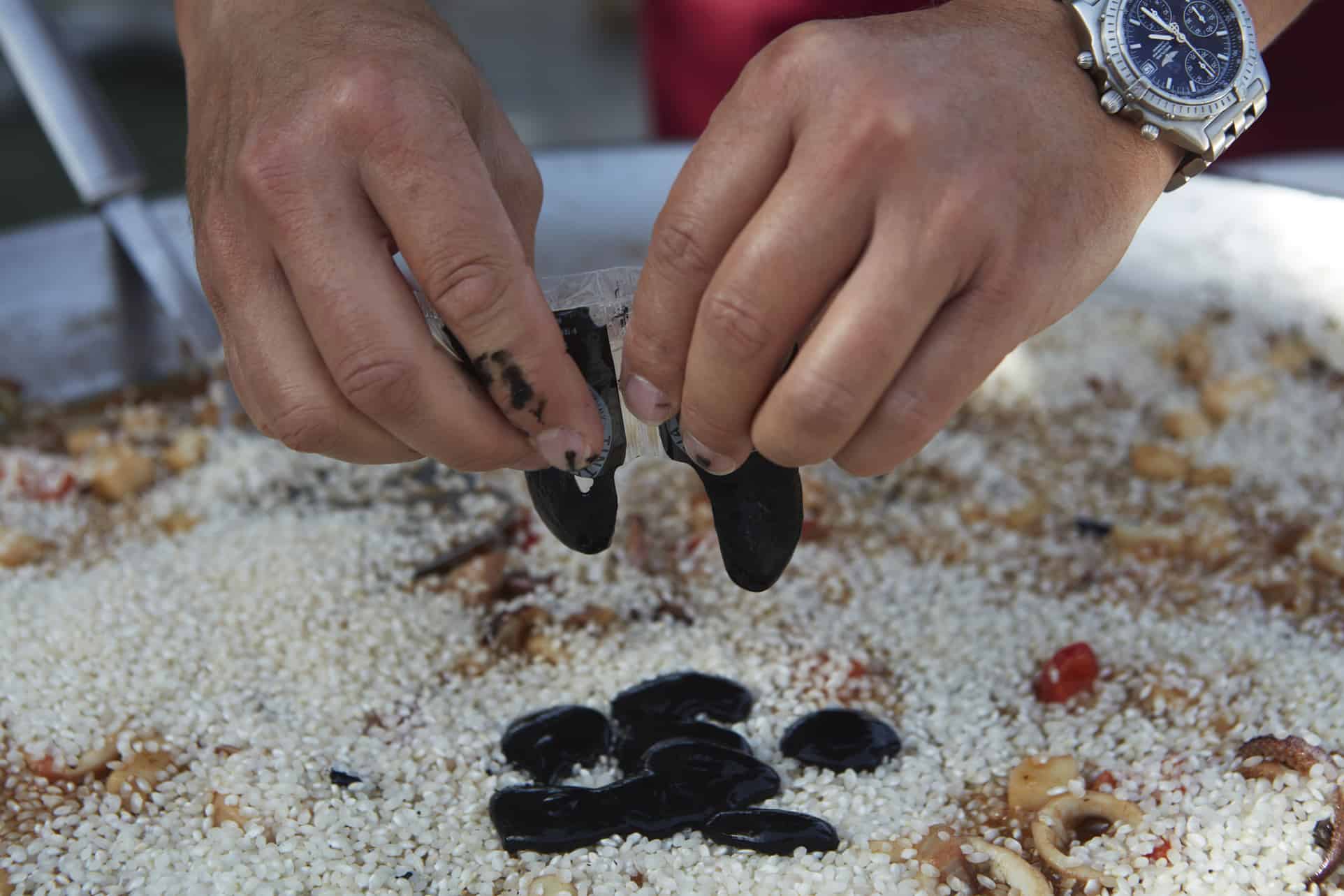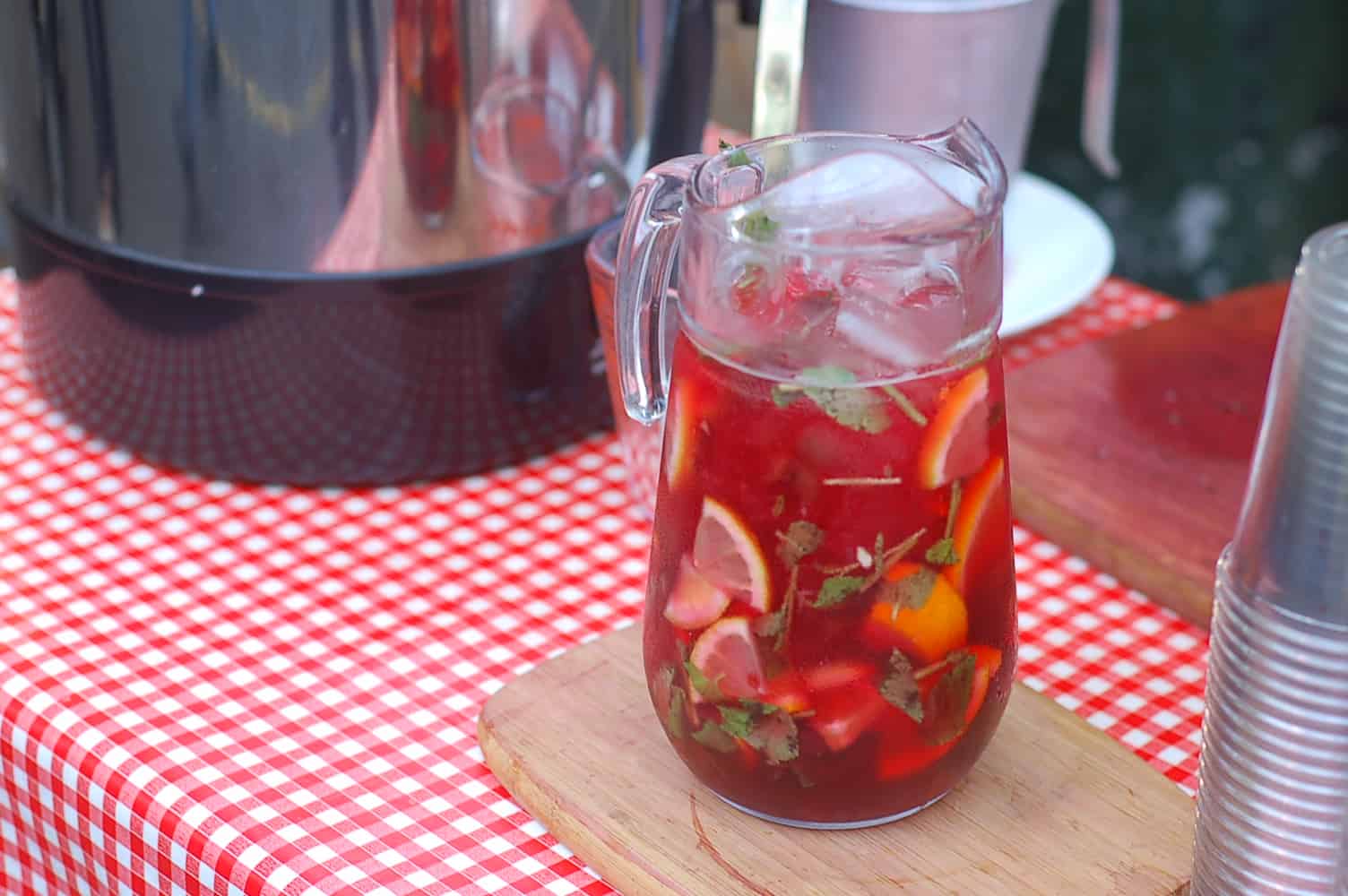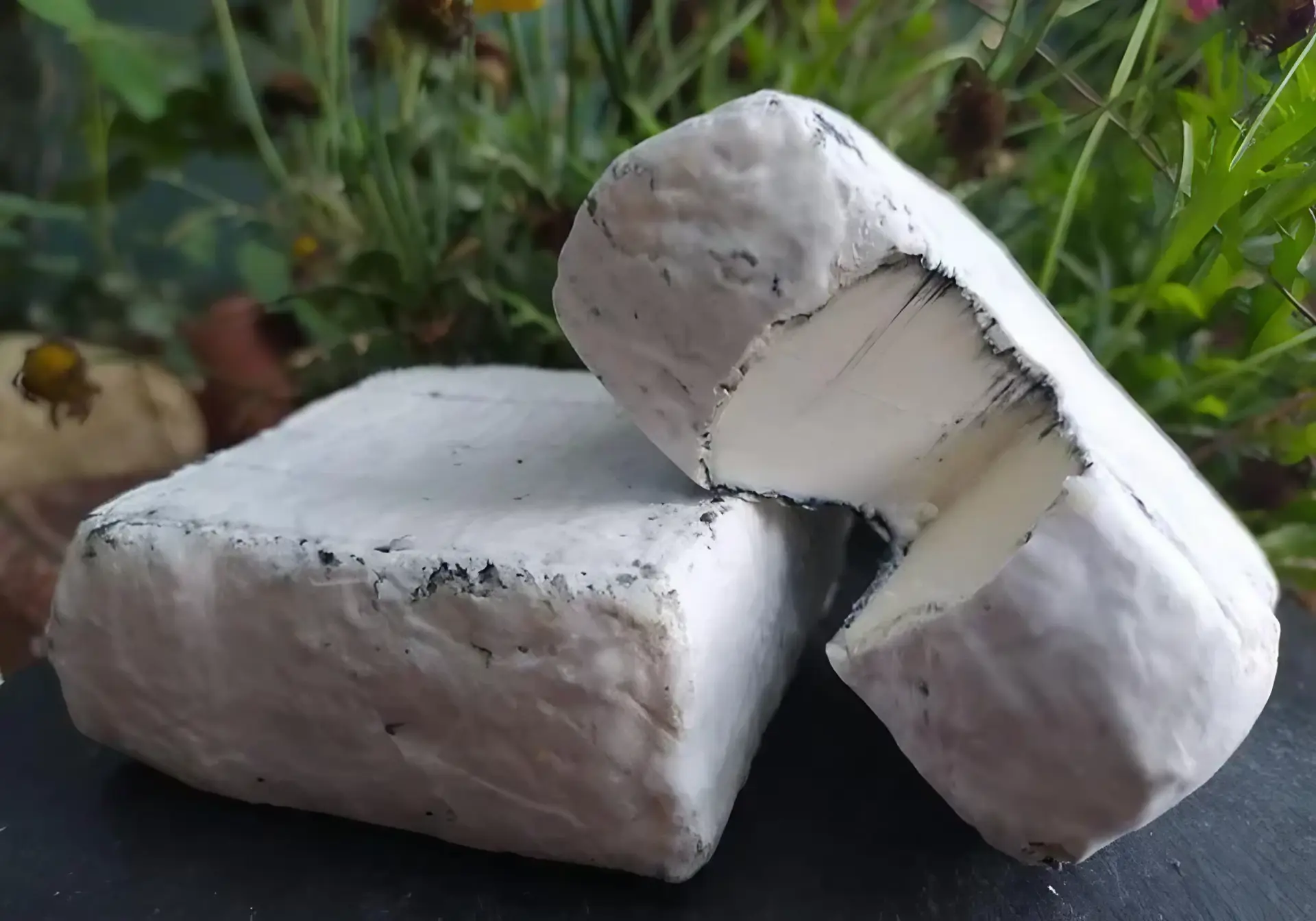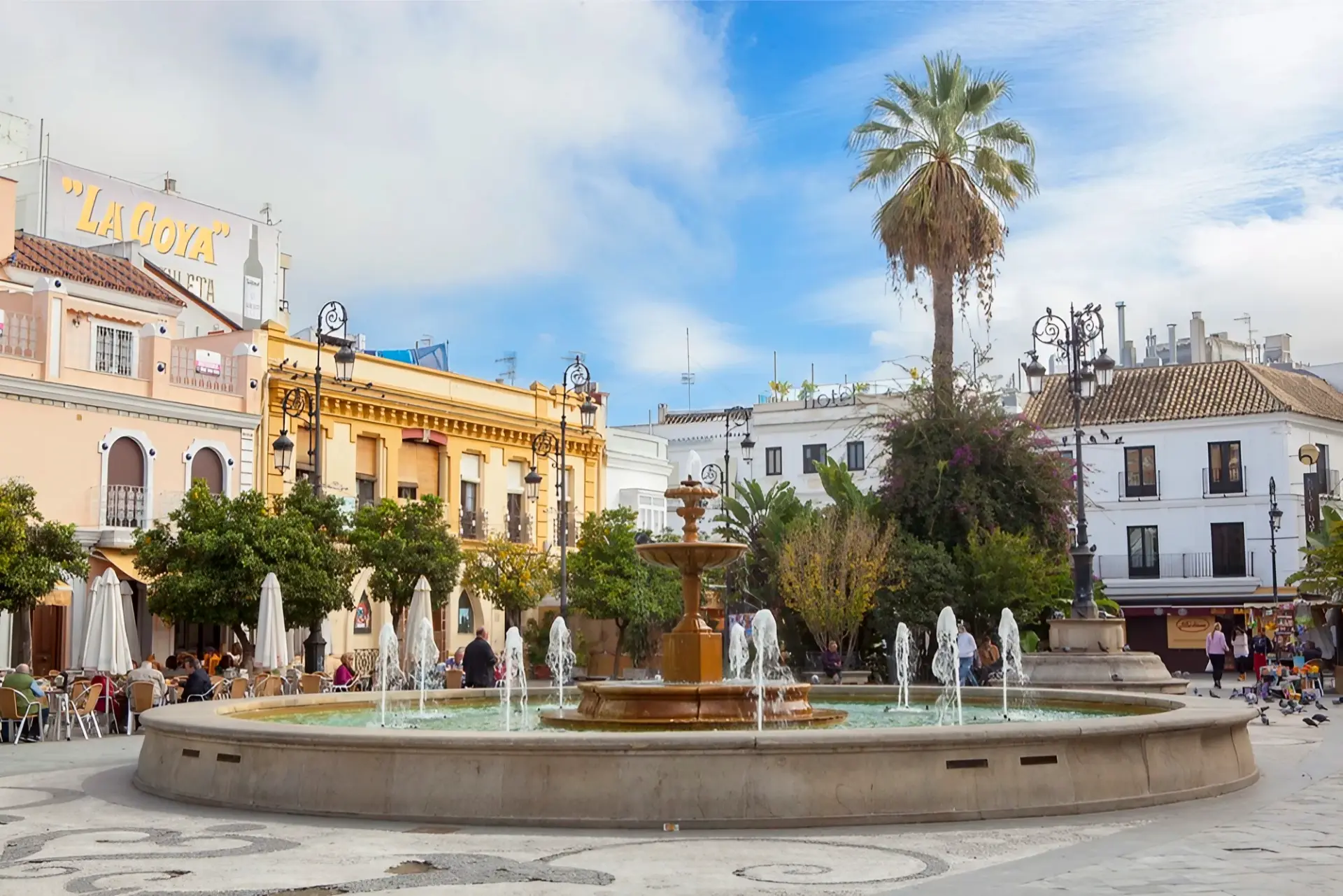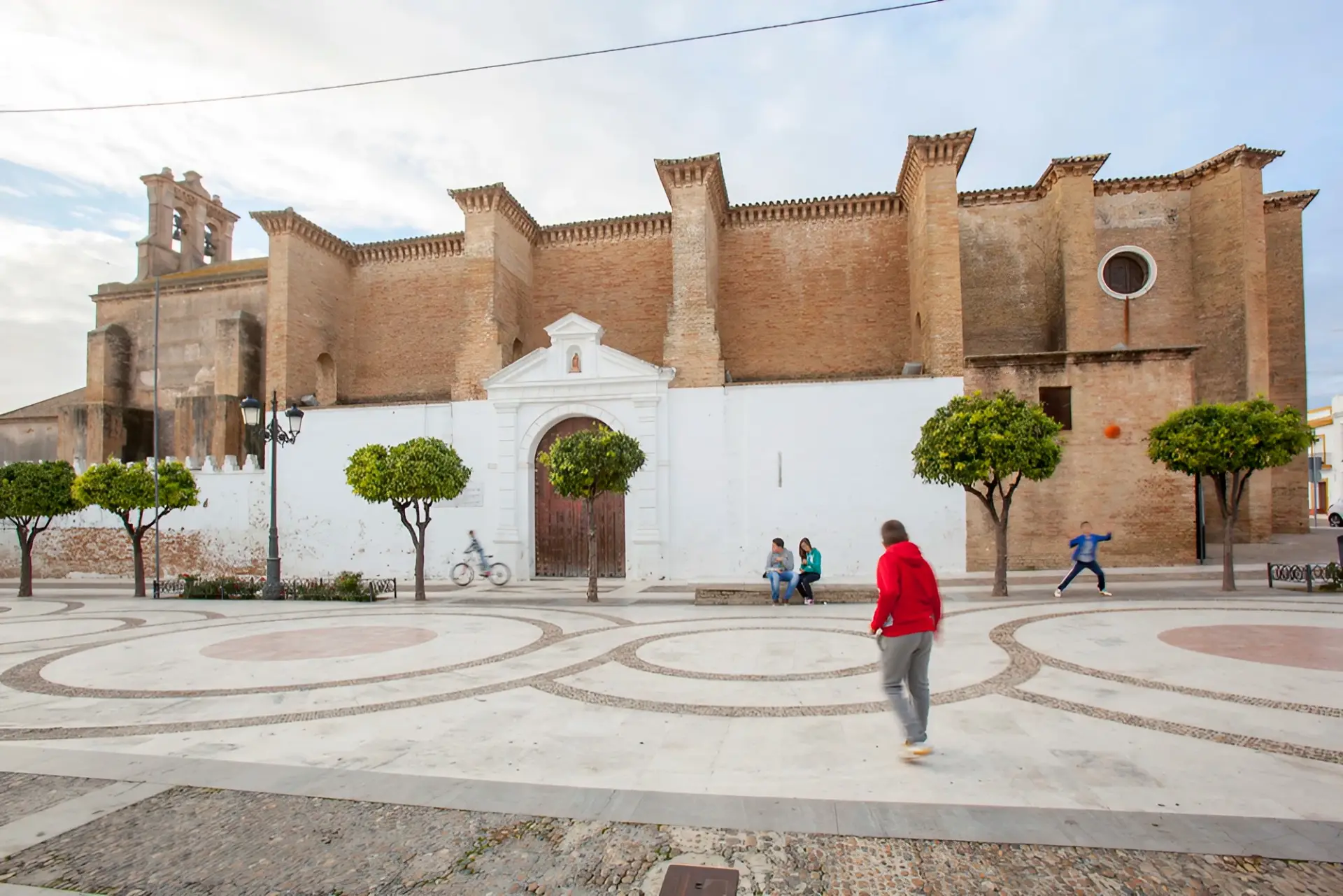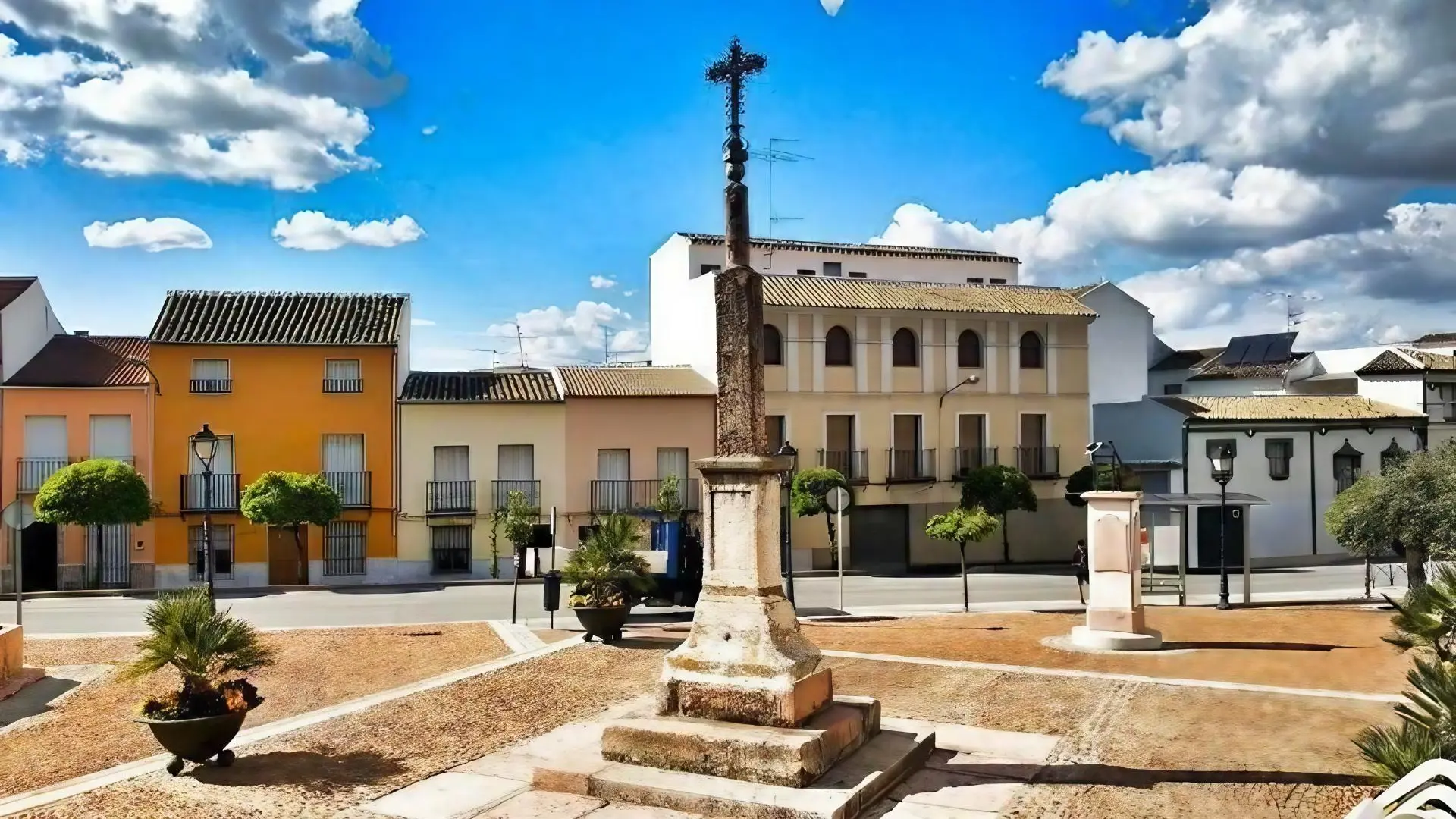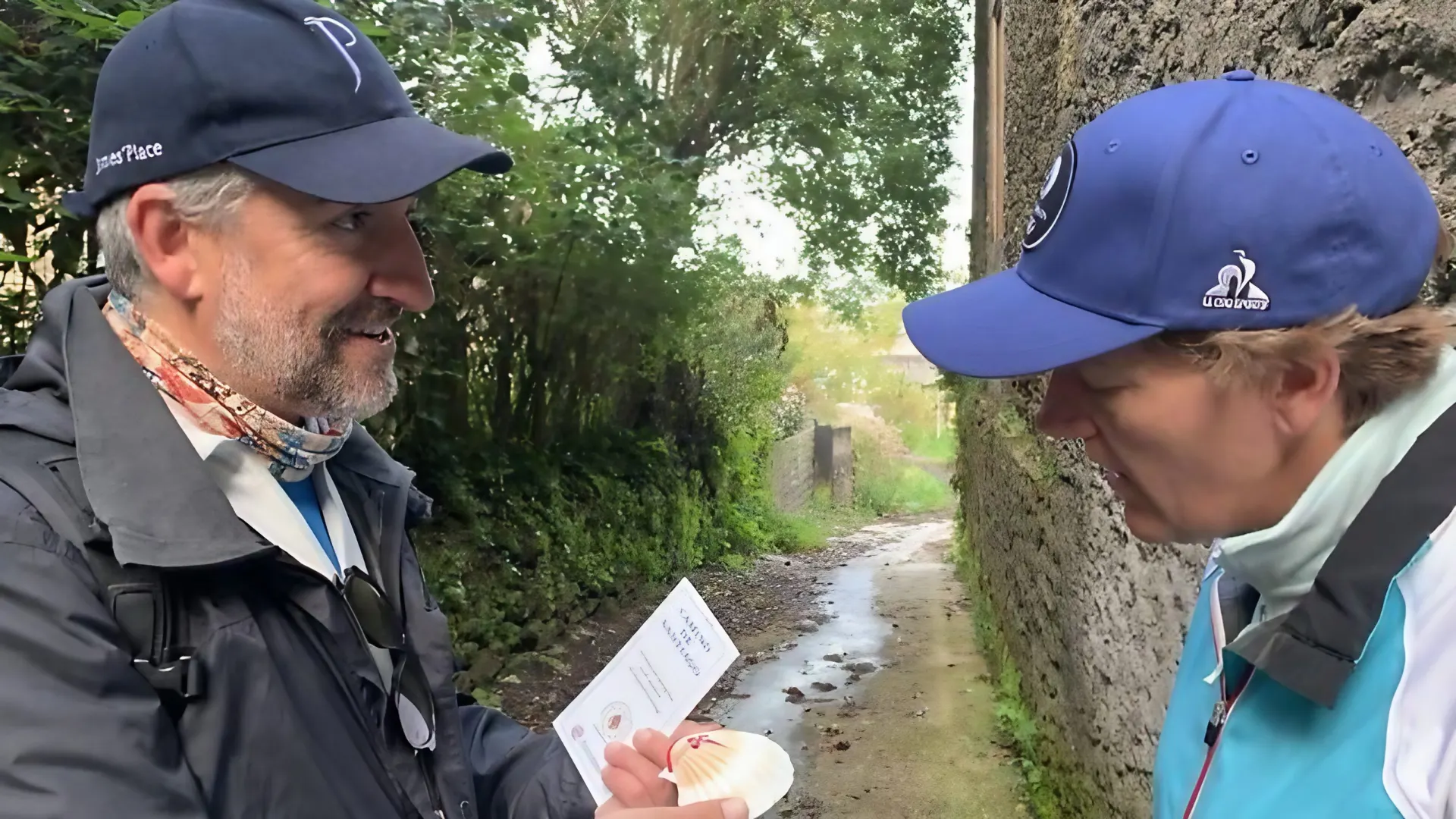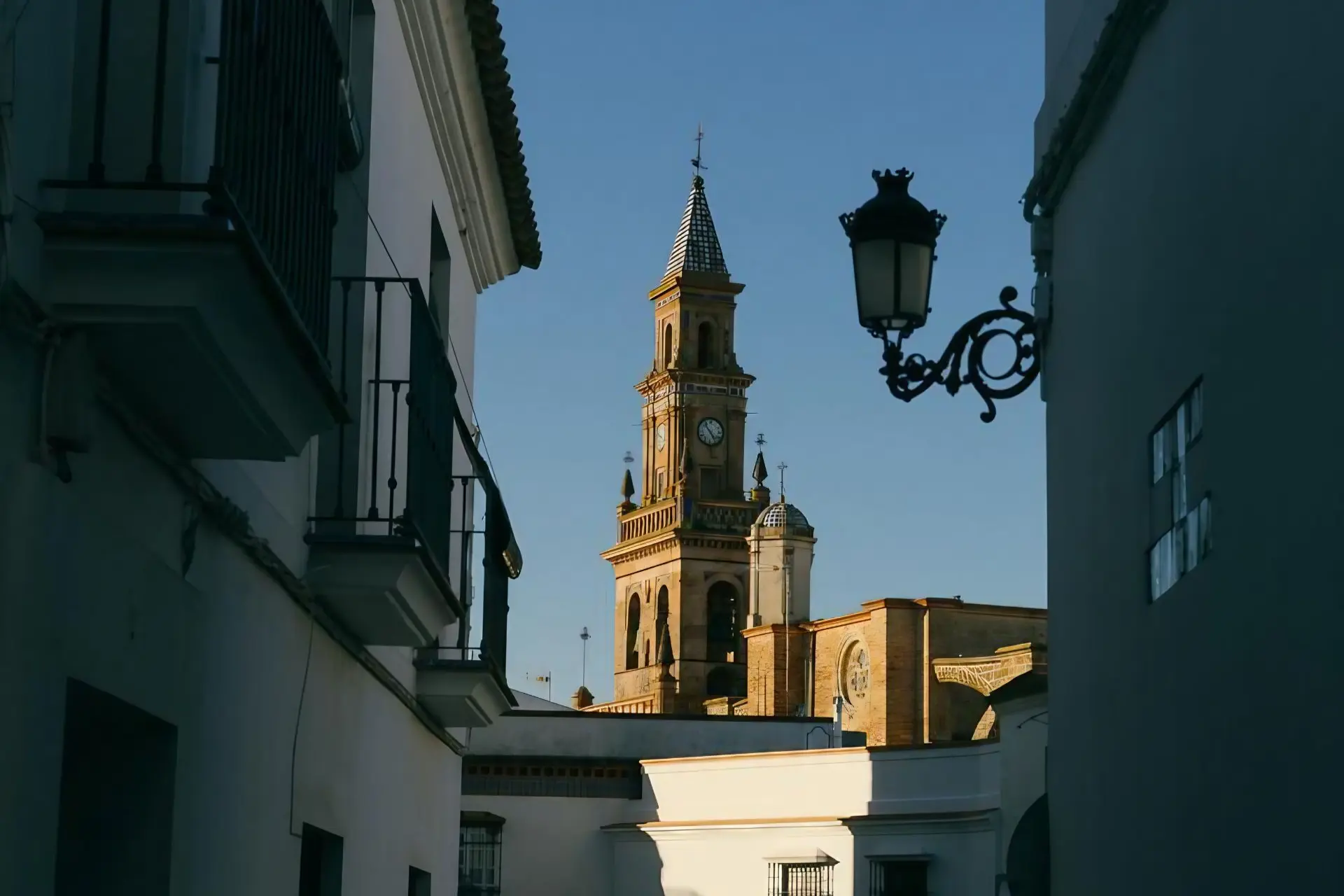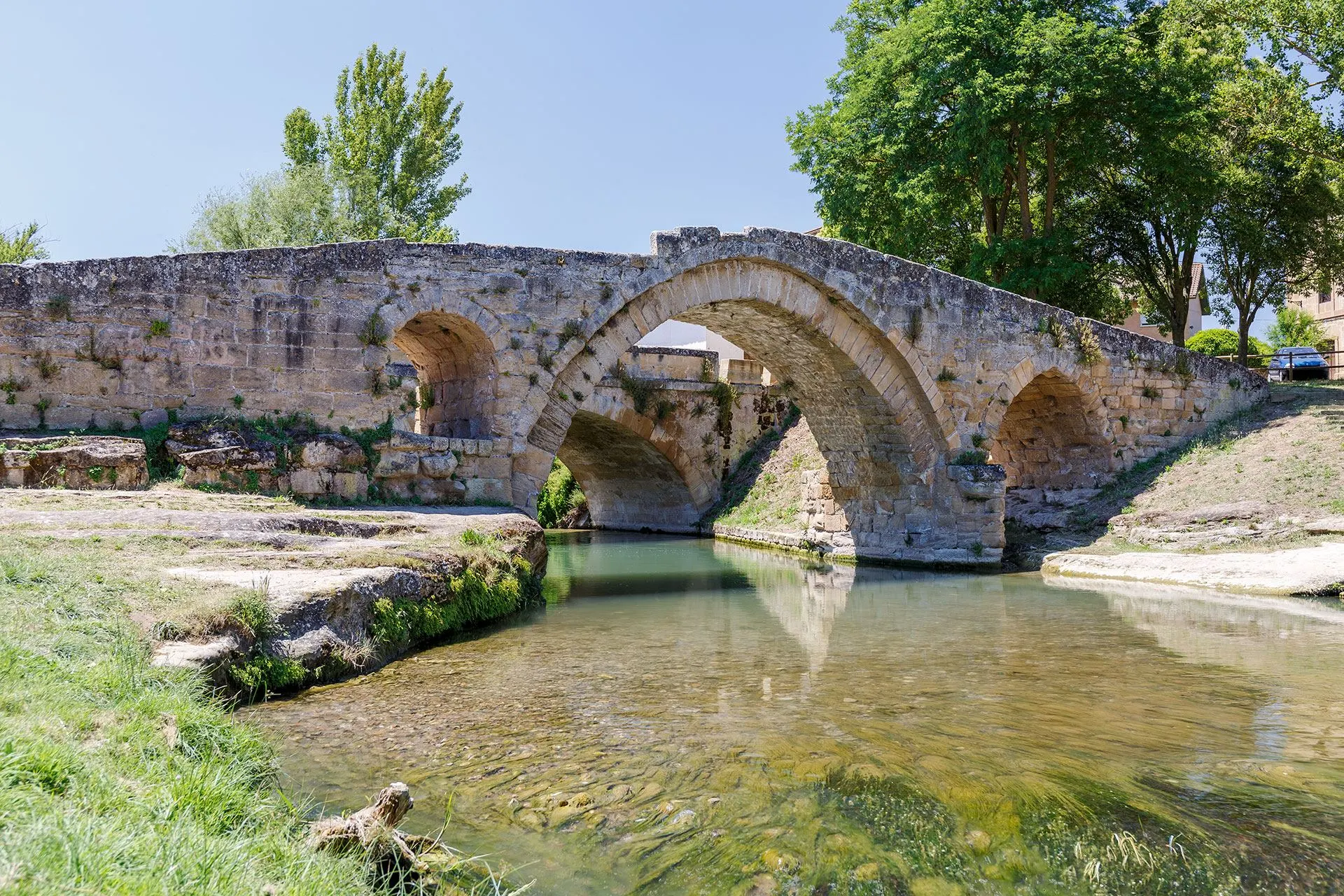If you’ve spent time in Spain, chances are you’re already familiar with some of its most famous dishes. Whether you’re in need of a summer staple such as gazpacho to keep you cool in the hotter months, or require comfort food like cocido to warm your cockles as the colder weather creeps in, the Spanish menu is guaranteed to deliver something for all seasons.
If you’ve travelled within Spain, you’ll also no doubt have noticed how each region customises these classics by adding a touch of local flare. Sometimes all this entails is a new ingredient: even something as small as a sneaked in chickpea can allow a town to stake its claim on a culinary national treasure. Occasionally though, this local propriety can extend to creating an entirely new name for a dish in question. This can confuse even the most hardened, been-there-tried-all-before foodie. Imagine opting for an old favourite in a new part of Spain, only to be presented with something completely different to what you were expecting. Or, conversely, attempting to be adventurous, only to discover that the “porra” you’ve chosen is almost exactly the same as the “Salmorejo Cordobes” that you’ve had a hundred times before.
It’s time to clear up some of the mystery. Of course, when navigating the murky water of Spanish menu semantics, it’s always a good idea to enlist the advice of an expert. In this case I’ve called upon the wisdom of Mayte. Mayte runs her own cooking school on the Costa del Sol offering lovers of Spanish cuisine the opportunity to cook classic dishes from scratch, using locally sourced ingredients in the kitchen of her rural farmhouse. Armed with her insights, I set out establish when “arroz” becomes “paella”, and what exactly “sangria” is, and why you’ll rarely catch a Spaniard dead drinking it. Read on to be enlightened…

Stews
Winter cuisine in Spain is all about the stew; stick to your ribs, no frills family fayre that can be dished out from the centre of the table. The ingredients of this dish are variations on a common theme: principally meat, vegetables and a pulse of some description. However, each region feels a certain possessive pride for this winter classic, and, depending on where you are in Spain, you’ll come across a different version of it on offer.
Travel up to Madrid and this concoction will be referred to as cocido Madrileño: a stew containing cabbage, carrots, chorizo and black pudding. In Cantabria, the locals insist that to produce an authentic cocido lebaniego, only chickpeas from the local town of Potes can be used. In Extremadura this fastidiousness reaches new levels: the black pudding in a cocido extremeño must have been made from the meat of an Iberian pig fed exclusively on acorns. Perhaps you’d be forgiven for thinking such finicky thinking strays into the realms of pedantry, but when it comes to regional cooking: rules are rules.
In the South, cocido goes by the name of puchero , after the traditional pot it is cooked in. You may also hear to it referred as berzas, in honour of one of the vegetables it includes. The main ingredients of the southern version are chickpeas, meat and vegetables. If you want to chuck in some green beans, however, it becomes cocido Andaluz; a new name entirely for what is essentially the same dish. Confused yet?
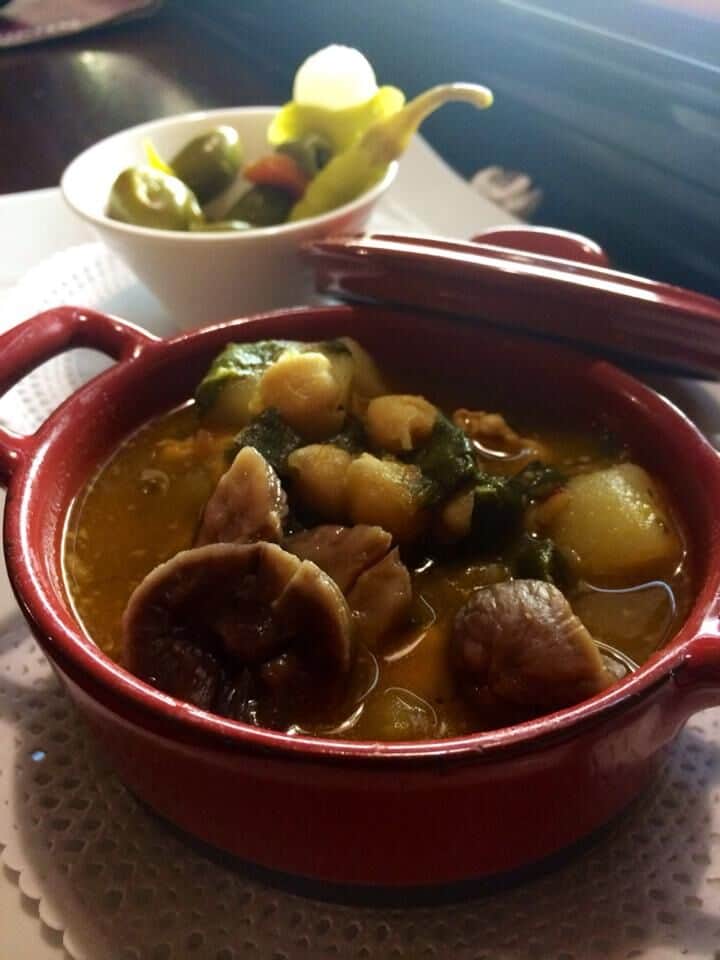
Rice
No rundown of classic Spanish cuisine would be complete without the inclusion of its rice dishes, the most famous of which is the paella. This dish derives its name from the pan it is cooked in: a flat, two handled skillet, usually held over an open fire. Traditionally a Valencian dish, variations on the paella recipe have evolved depending on where it’s cooked: chicken, rabbit and pork characterise the rural interpretations of the recipe, whereas paellas produced in coastal towns invariably feature fresh seafood as their star ingredient.
What exactly constitutes a paella has been a hot topic in recent years. Who can forget furore incited when British chef Jamie Oliver dared to suggest adding chorizo to paella in his adaptation of the recipe? The apparently outlandish proposition saw him come under fire from various appalled Spaniards on his Twitter page, with one raging: “This is an insult not only to our gastronomy but to OUR CULTURE!” The main source of upset seemed to be that Oliver had made the schoolboy error of confusing a paella with un arroz. As one critic pointed out to Oliver: “Not everything that contains rice is a paella.” So what exactly is the difference?
Un arroz, also a staple of most Spanish lunch menus (in Spain, rice dishes are considered too heavy to eat for an evening meal) is usually served as a sharing dish between at least two people. The recipe combines rice, stock and whatever else happens to be at hand; whether it be pork, chicken or, in some cases, even lobster. Although it may look similar to paella, despite lacking its distinctive saffron derived yellow colouring, un arroz is a very different thing. The juicy, flavour filled arroz caldero is prepared in a deep, cauldron-like pan; as opposed to the shallow skillet of rice rival paella. Arroz negro gets its jet black colour from squid ink, and is traditionally served with a dollop of delicious garlic mayonnaise known as alioli. Paella purists, on the other hand, would consider it sacrilege to serve it with anything apart from bread: preferring to let the flavours of the dish speak for themselves.
Distinctions between these two dishes can also be attributed to traditional Spanish gender roles in the home. A paella is a dish traditionally prepared on festival days, by the man of the household, with Mayte explaining: “”Many men can still master a paella, even if they don’t know how to cook anything else!”. Un arroz, on the other hand, is considered an altogether more feminine affair, usually rustled up midweek by the matriarch of the family. Had Jamie Oliver suggested adding chorizo to un arroz, therefore, he might have avoided
stepping on quite so many toes.

Sangria
Ask your average British holidaymaker which words they most associate with Spain, and chances are sangria will be amongst them. Any sun soaked Spanish lunch would be incomplete without a jug of this fruity wine punch on the table, surely? It may come as a surprise then, to learn that most Spaniards are unclear as to what sangria actually is (a friend of mine, and bar owner, once asked me in bemusement: “Is that the stuff with fruit in it, or what?”) and certainly don’t spend their days drinking it, as some cultural iconography would suggest.
What the Spanish are fans of, however, is tinto de verano; a refreshing tipple combining red wine with either soda water or a lemon based fizzy drink. It’s a lot less potent than sangria, only containing 4-5% of the hard stuff and usually comes served over ice with a wedge of lemon. It’s traditionally consumed in summer, as the name applies, and is a firm favourite amongst day drinkers due to its relatively low alcohol content; meaning you can put away a lot of it, and usually manage to stay upright (depending on who’s mixing it, of course). Sangria on the other hand, is a red wine based punch served with chopped fruit, sweetener and liquor. It’s more potent due to the fact it needs to be left to macerate, adding to its preparation time (it usually needs about 2-3 hours to rest before serving). It’s difficult to know quite how sangria garnered it’s foreign reputation as a Spanish staple, especially since it transpires the drink is actually English in origin. Whereas tinto de verano can be sourced back to Cordoba in the first part of the 20th century, Father Esteban Torres first wrote of sangria in his Spanish dictionary back in 1788, describing it as “A drink created by the English and drunk mainly in the French and English colonies of America.”
So if you’re in Spain for the first time and tempted by the pre-prepared jugs of sangria on display in the more touristy bars, steer clear: for a more authentic tipple be sure to order a tinto de verano. Or, if in North you can also opt for a thirst quenching calimocho, a mix of red wine and coca cola common in the Basque region of Spain.

Soups
A roasting summer afternoon wouldn’t be complete without a chilled glass of gazpacho to sip on in the shade. Arguably one of Spain’s most famous national dishes, this cold vegetable soup is a firm favourite on menus across the country. However, it turns out it’s not so easy to classify as one might think. Have you ever been party to a discussion between Spanish friends (and by discussion, I mean argument) where they hotly debate what exactly constitutes a gazpacho?
The main bone of contention seems to be whether the name applies only to the tomato based soup, traditionally served in a glass and adorned with chopped vegetables, or whether gazpacho acts as an umbrella term for a plethora of cold soups, among them the white, garlic based ajoblanco and thicker and creamier porra (or is it salmorejo? More on that to follow). According to Mayte, the distinction is a simple one: “Gazpacho, at least to us in the South, is a cold tomato soup. It is very different from the porra and ajoblanco” She goes on the add: “The original recipe for the tomato gazpacho that we know today included only bread, garlic, olive oil and water.”
This original version, traditional to the Iberian Peninsula, dates back to Roman times when soldiers were said to carry with them the basic ingredients required to knock up a quick gazpacho at a moment’s notice. The Americans are credited with the later addition of the tomato: Christopher Columbus brought the vegetable (fruit?…Oh, let’s not get into that now) back over with him from his expedition to the Americas. It appears the etymology if the word gazpacho is also complex, with many languages trying to lay claim to it, from the Hebrew word gazaz meaning “to break into little pieces”, to the Mozarab word caspa, which translates as “residue or fragments”. Although the basic components of gazpacho may be similar from region to region, the variations of the dish are numerous.
Mayte says “Today most people add onion, cucumber or green pepper, but there many other types of gazpacho prepared with different varieties of veg, and even fruit sometimes. The evolution of the dish is constant” However, before you start to breathe a sigh of relief and think you know where you are with gazpacho: a word of warning, order gazpacho manchengo in the central region of La Mancha and you’ll be presented with a meat stew containing game and rabbit, just to confuse you all over again. A close cousin to the gazpacho is another tomato based soup, also served cold but much thicker in texture. The rivalries surrounding this dish are geographically closer in proximity, with names for the soup varying from town to town and even, in some cases, from one family to another.
If you find yourself in Cordoba, for example, this soup will be proudly claimed as salmorejo Cordobes. However, an hour up the road in Seville you’ll see it on menus as simply salmorejo, omitting its nod the nearby city. In the Sevillian towns of Carmona of Osuna it is known as ardoria. In nearby Antequera, you’ll discover it masquerading under a new title entirely, known here as porra, wheras in Alfarnate the locals call it catana. In terms of reinvention, this soup is up there with the likes of Prince and Madonna.
So why the constant name-switching? Turns out it’s all down to who thought of it first. Mayte explains: “The subject of who invented this soup is a tricky one. Every town wants to take credit for it, so they give it a different name..” But are the soups themselves all that much different? “Not really, no.” She admits. “Ingredients and toppings vary from one place to another. Green pepper or no green pepper, vinegar or no vinegar. At the end of the day they’re all pretty much the same,” she concedes, before adding: “Although you’ll probably get in trouble for saying so!”
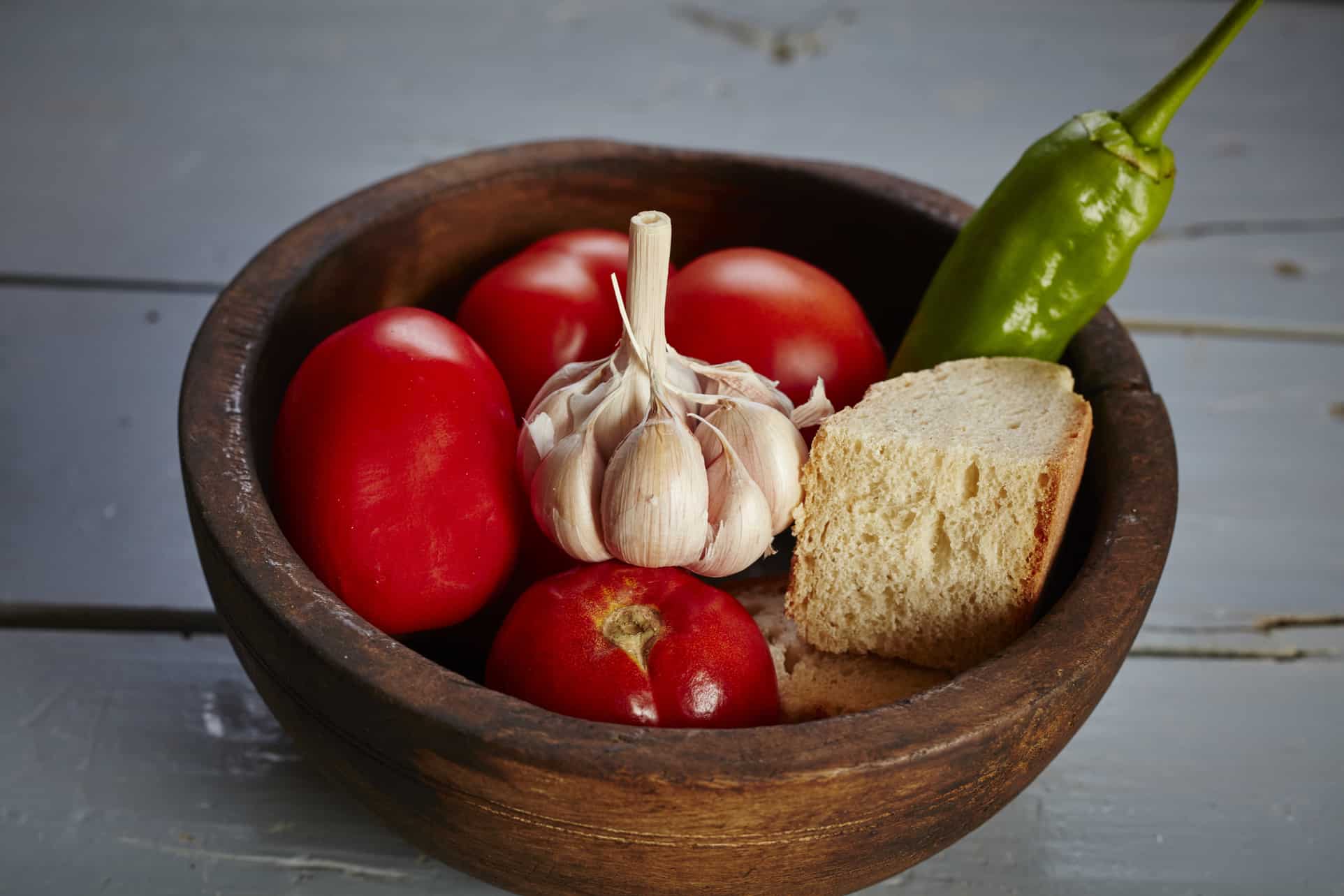
Now you’re clearer on the differences between these regional dishes, maybe you fancy learning how to cook one of them.. Mayte’s Malaga Cooking Experience can show you how. Who knows, maybe one day you’ll be renaming an old classic yourself!

